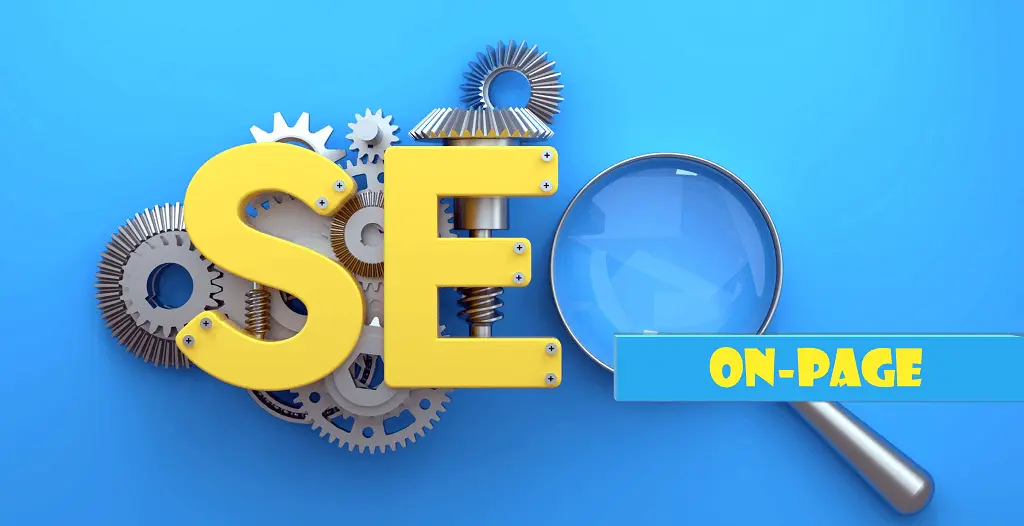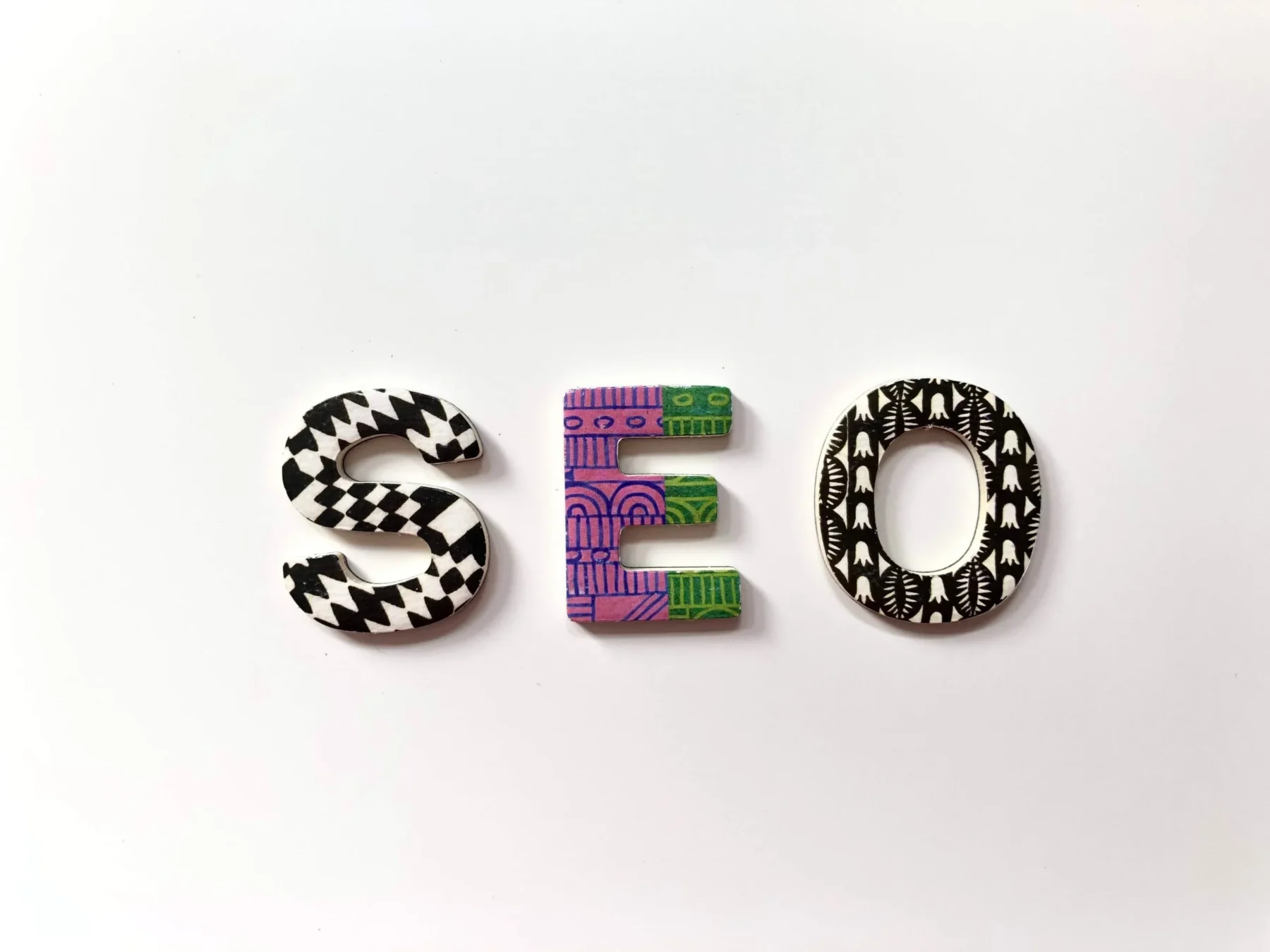On-page SEO (Search Engine Optimization) refers to the optimization of individual web pages to improve their visibility and ranking on search engine results pages (SERPs). This process involves various techniques and strategies focused on optimizing the content and HTML source code of a specific webpage. The primary goal of on-page SEO is to make the webpage more appealing to both search engines and human users, ultimately leading to higher search engine rankings and better organic (non-paid) search traffic. Here’s how you can do it effectively:
1. High-Quality Content

- Relevance: Ensuring content aligns with user intent and addresses specific queries is paramount. By crafting material that directly addresses what users are searching for, you establish a connection between their needs and your content. This alignment not only enhances user satisfaction but also boosts your site’s credibility and authority in the eyes of search engines.
- Originality: Generating unique, valuable, and engaging content is pivotal. By creating material that stands out, you captivate your audience’s attention. This distinctiveness not only sets you apart but also fosters a deeper connection with your readers. In turn, this engagement can lead to increased credibility and trustworthiness for your website.
- Keyword Optimization: Seamless integration of pertinent keywords is key. By incorporating these terms naturally into titles, headings, and body text, your content becomes more search engine-friendly. This strategic placement enhances your visibility and ensures that your audience finds your content easily. As a result, your website gains a competitive edge, attracting organic traffic and potentially boosting conversions.
2. Technical Excellence

- Mobile-Friendliness: By embracing mobile-friendliness, you enhance accessibility, engage a wider audience, and improve overall user satisfaction. This adaptability fosters trust and credibility, establishing a strong online presence for your brand.
- Page Speed: Enhancing your website’s loading speed is pivotal for user experience and SEO. By optimizing images and minimizing code, you create a streamlined digital environment. This optimization not only boosts user satisfaction but also contributes significantly to search engine rankings. Visitors are more likely to engage with fast-loading sites, resulting in prolonged visits and increased conversions. Implementing these optimizations ensures seamless browsing, fostering positive interactions and elevating your website’s overall performance.
- Secure Connection: Incorporating HTTPS into your website is paramount for establishing trust and security. This encryption protocol not only safeguards sensitive data but also aligns with search engine preferences. By ensuring a secure connection, you instill confidence in visitors, making them more likely to engage with your content or make transactions. This sense of security contributes significantly to positive user experiences and can enhance your website’s credibility. Additionally, search engines tend to favor secure websites, potentially leading to higher rankings and increased visibility. By adopting HTTPS, you not only protect your users but also strengthen your online presence and search engine performance.
3. On-Page Elements
- Title Tags: Craft compelling titles (<60 characters) with focus keywords for both search engines and users.
- Meta Descriptions: Write concise, engaging meta descriptions (<160 characters) to entice clicks.
- Header Tags: Structure content with H1, H2, and H3 tags for readability and search engine clarity.
4. User Experience & Engagement

- Internal Linking: Additionally, integrating relevant internal links enhances user navigation within your website. This seamless interconnection between pages guides visitors to explore related content effortlessly. Furthermore, from an SEO perspective, it efficiently distributes link equity, strengthening the overall authority and visibility of your site.
- Rich Media: Use images, videos, and interactive elements to enhance engagement and information delivery.
- Mobile Optimization: Ensuring that the webpage is responsive and displays well on mobile devices, as Google prioritizes mobile-friendly websites.
5. URL Optimization
- SEO-Friendly URLs: Craft short, descriptive URLs containing keywords for easy understanding.
- Avoid Dynamic URLs: Use static URLs to improve user experience and search engine indexation.
6. Schema Markup
- Structured Data: Implement Schema markup to provide context to search engines, increasing rich snippet chances.
7. Social Integration
- Social Signals: Encourage social sharing with intuitive buttons, expanding your content’s reach.
8. Ongoing Analysis

- Regular Audits: Perform On-Page SEO audits to identify and rectify issues promptly.
- Analytics: Leverage tools to analyze user behavior, track keyword performance, and refine strategies.
Final Thoughts
Effective On-Page SEO not only boosts search engine rankings but also enhances user satisfaction, leading to higher conversions and engagement. By aligning your website with these best practices, you pave the way for improved visibility, increased traffic, and ultimately, online success.


